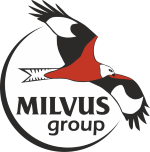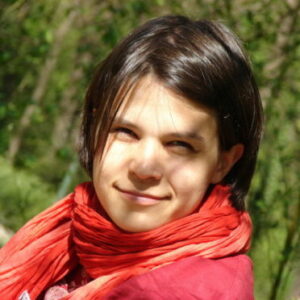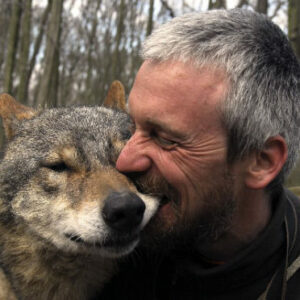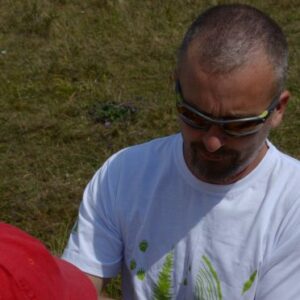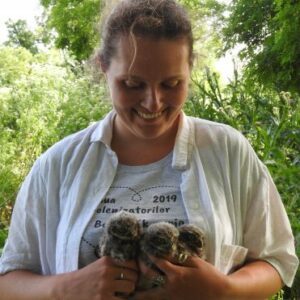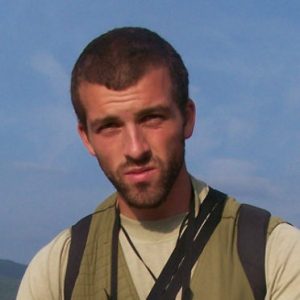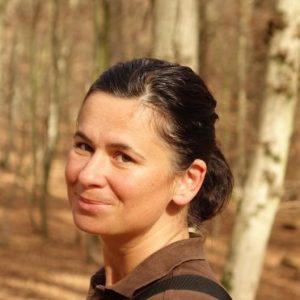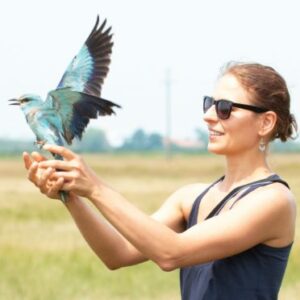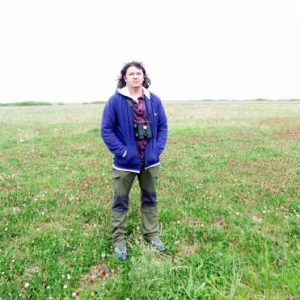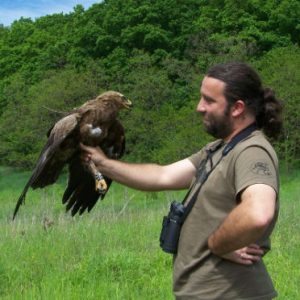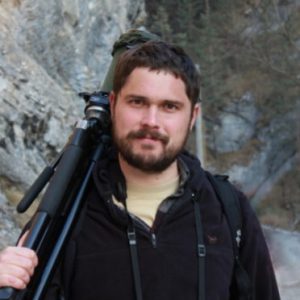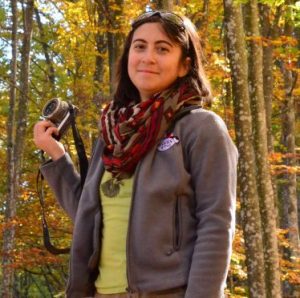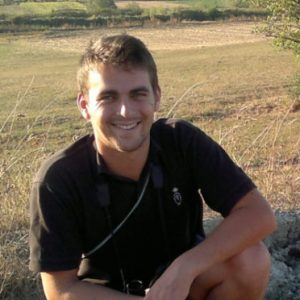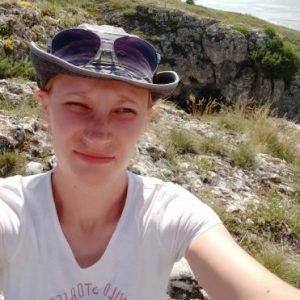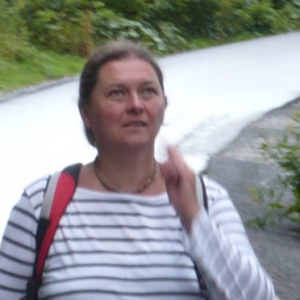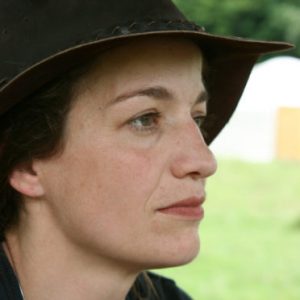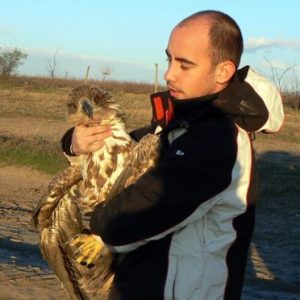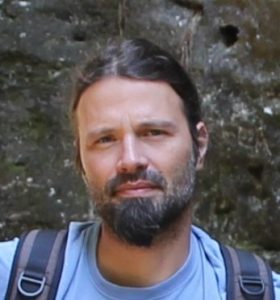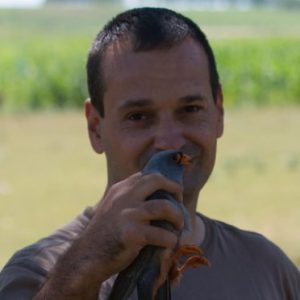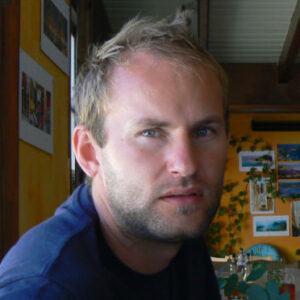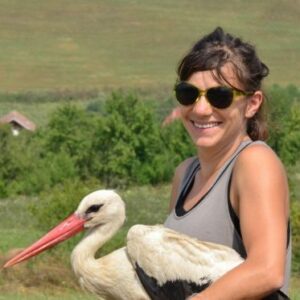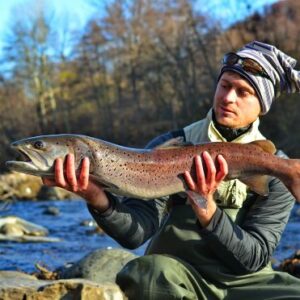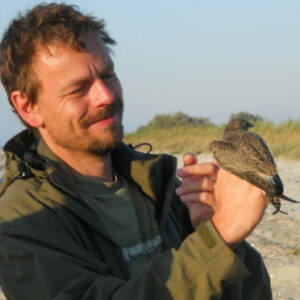In the Program „Dumbravioara – the village of Storks” a very important step is the setting up of a „ Stork Center”. This center will be named “Teleki Sámuel” (better know as Teleki Samu) – renowned explorer of Africa, was borne in Dumbravioara in 1845. He leaded an expedition in East Africa between 1886 and 1889 on the territory of Tanzania and Kenya, where he discovered (besides two lakes named Stefania and Rudolf, which were renamed later) also a volcano, which is still the “Teleki” volcano. He described and collected around 100 new animal and plant species.
The Storks from Dumbravioara very probably pass through this area discovered by Teleki Samu, relevant example being the Stork named “Kele” equipped with a satellite transmitter (for details see www.ciconia.ro ).
The center will house the following facilities:
- Muzeum of Storks
- Rehabilitation Center for Storks and Raptors
- Conference room
- Ornithological library
- Offices
- Staff rooms
For this Center, the Teleki family offered part of their castle from Dumbravioara for a period of 20 years – the contract was signed recently.
The building has around 350 m 2 and yard and urgent reparations are needed. We will begin the reparations this winter and hopefully by next spring part of the facility will be operational. We will keep you informed about the progresses.
Thanks for the Enviornmental Partnership Foundation and the GEF Small Grants Program for their financial support and we are seeking other finances for the program.
See you next spring in Dumbravioara!
Details about the project
In September 2004 we started a new project in the village of Dumbravioara. The main goal
of the project is to use the white stork Ciconia ciconia as a symbol of the community and to make local people aware of the natural heritage they have. The initial project proposal was accepted and received financial assistance from the Environmental Partnership Foundation – Miercurea Ciuc. In 2005 we expanded our activities and we want to develop conservation plans for natural habitats and to involve local community in the protection and maintenance of natural grasslands. The new project is called ” Natural Grasslands: Habitat for White Stork and Resources for Communities” and its funding was secured through the Global Environment Facility – Small Grants Program (GEF – SGP).
Objectives
- Conservation of the continental grasslands in the upper Mures floodplain through their integration into the national Natura 2000 network;
- Awareness raising and continued involvement of the community in the sustainable management of the natural resources (grasslands and White Stork population) in Dumbravioara village;
- Practical conservation of the White Stork;
- To attract tourists to Dumbravioara “the stork village”.
Activities
In order to achieve our objectives we planned the following main activities:

- identifying and preparing the inventory of all natural grasslands in the target area
- proposing sites for protection under the Natura 2000 network
- setting up an information and visitor center
- setting up a stork museum in Dumbravioara
- organizing the “Stork Festival” in Dumbravioara
- inventory of the dangerous power lines
- insulation of a section of a dangerous power line
- setting up a bird rehabilitation facility
- building a watchtower for all the stork fans
- setting up message boards and a “Stork Path” around the village
- editing and printing informational material about the storks and village
Results
In autumn 2004 we obtained land from the local townhall where to build the infrastructure of the visitor center and the rehabilitation facility. Meanwhile we agreed with the owners of the Teleki Castle that we will receive a part of the building so we will save lot of effort and expenses of building a totally new infrastructure. The final decision will be made during April. We organized a creation contest for the pupils of the local elementary school. The theme of the competition was the connection of the storks and village seen by children. 26 drawings were received and the selection of the best of them will take place in early April. Message boards were placed under each stork nest, informing the public about the life of the pair nesting above. An information guide for vets and persons involved in bird rescue and rehabilitation was produced. We received several donations from various institutions and scientist from abroad. All the material will be used to train qualified personnel and volunteers.
List of contributors
- US Geological Survey (USGS)
- Dr. Nick Fox – International Wildlife Consultants
- Professor J. E. Cooper
- British Veterinary Association Overseas Group
- Raptor Rescue – UK
Our conservation program and the community involvement effort in Dumbravioara is financed by the
Environmental Partnership Foundation and GEF Small Grants Program
